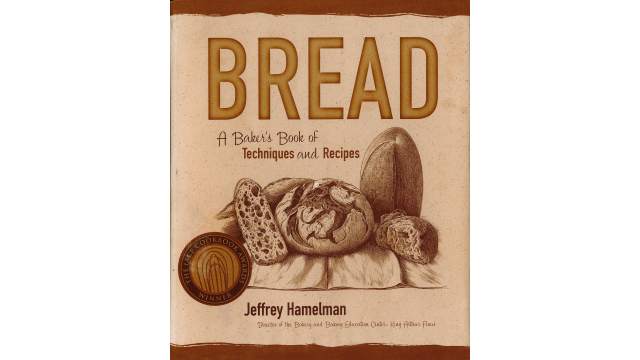Gluten-Free Baking

The first time I came across a pastry featuring tiger nut flour was at a little cafe on Henry Street in New York City. In its bakery case were brownies made with the flour of what’s also called an earth almond. I was with a friend, and when I wondered out loud what they were, she told me she often snacked on tiger nuts and loved them. The way she described them, they were hard to picture. She said they weren’t nuts, they were chickpea-size, scraggly, and could be ground into flour. We ordered the brownie, and while it was just okay, my pastry chef curiosity was sparked.
Nutrition in small packages
Deceptively named, tiger nuts are the small, stripey (hence the name tiger) tubers of a grass-like plant that grows wild or cultivated. Tiger nuts are also known as chufa in Spain and atadwe in Ghana, and one of the most traditional ways of consuming them is by making a milky drink — as in Spain’s horchata de chufa and Nigeria’s kunnu aya.
Tiger nuts are naturally sweet. You can snack on them, like my friend does. But while they make a nice addition to a nut-free trail mix with seeds, raisins, and dark chocolate, I find tiger nuts a bit waxy and fibrous on their own.
Rich in phosphorus and magnesium, as well as high in fiber, ground tiger nuts make a nutritious and gluten-free flour. It has become one of my favorites to bake with because it has a nutty, sweet flavor with notes of caramel and coconut, and it reminds me of the warm flavors I always like in baked goods — brown butter and cardamom.
Structurally, tiger nut flour often works well as a cup-for-cup substitution in baking without the need, in most cases, of extras like tapioca starch or xanthan gum. But there are a few tips that over time I have found are useful to keep in mind for optimum, delicious baking.
Always sift the flour before using. Because of the waxy nature of the tubers, the flour can sometimes clump.
Tiger nut flour has a naturally sandy texture. There are different grinds available; the finer the grind, the less sandy the texture. Since the grind is not always listed, this presents a challenge using tiger nut as a substitute for other flours. The best thing to do is to play up to that textural quality. Choose recipes where the flavor and texture are complemented by a coarser tiger nut flour. (For example, coconut and tiger nut are great together.) That said, if you want a smoother texture, sift out any coarser bits of tiger nut and save them to add to cookies later. Gingerbread, shortbread, and oatmeal cookies all happily welcome a little added tiger nut for texture and flavor.
Recipe: Tiger Nut Coconut Crumb Muffins
Key Takeaways
- Tiger nuts are rich in fiber.
- They are versatile and suitable for baking.
- They can be turned into a gluten-free flour.





